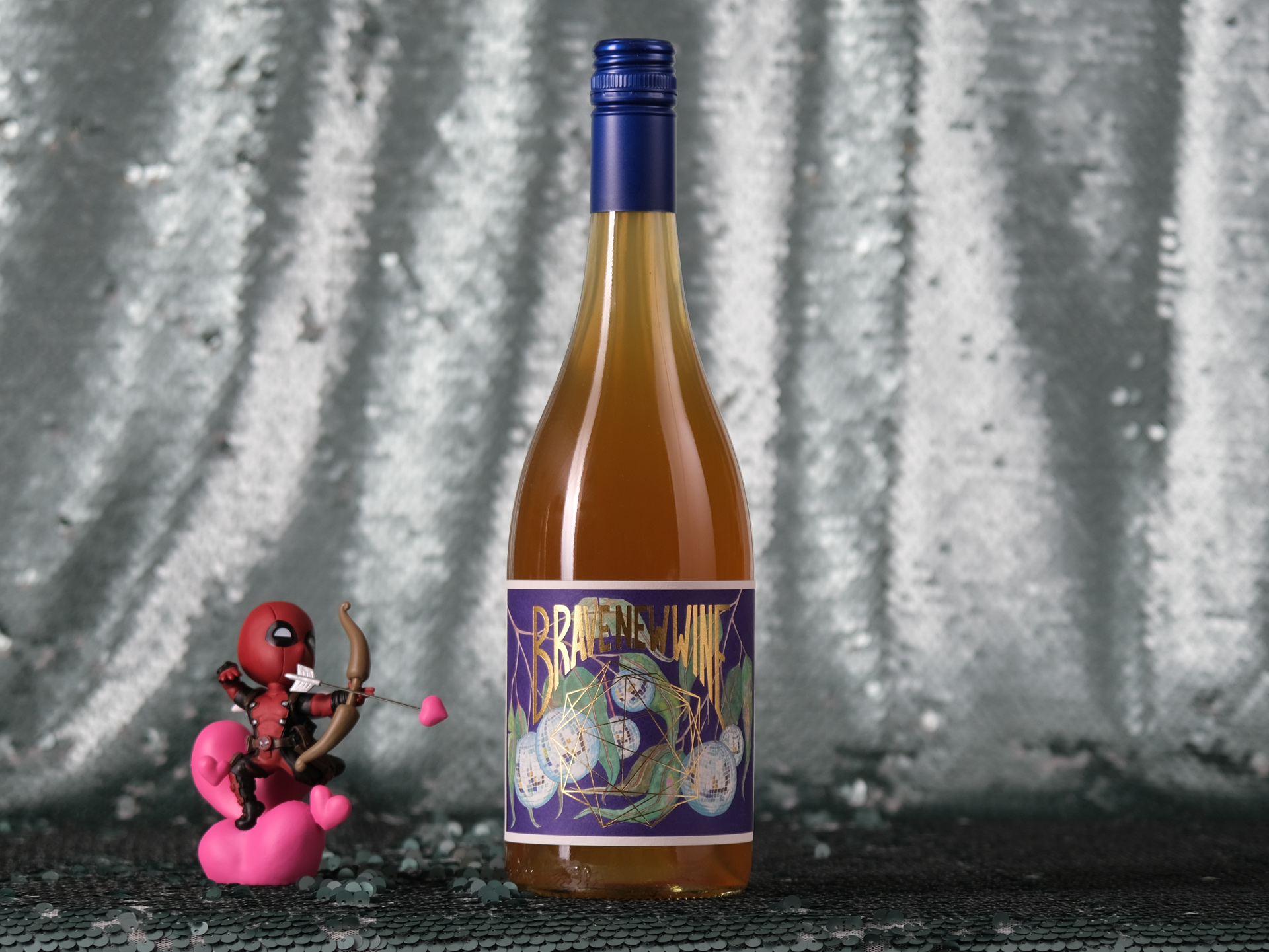Cloudy, wildly aromatic and delightfully left-of-centre orange wine – just what you expect from Yoko and Andries Mostert.
Tasting note
Hazy peach to look at, with lifted notes of lychee, rosewater and talc that make the variety pretty readily identifiable, but there’s a fair dose of brambly wildness throwing static at that clarity. The savoury tangle on the palate has pockets of tropical flavours tucked into it on the palate, with guava, dried mango and tamarillo, but none of it sweet or poppy. Skins have their impact on the texture, with a drying, chewy grip, but it’s not gruff, just enough to pull the fruit and sherbetty acid into line, with ample texture plumping out the finish.
Themes of this wine
Gewürztraminer
A highly aromatic variety that is most commonly associated with the wines of Alsace, France, gewürztraminer is also claimed by the Italians, who peg the history of the traminer group of grapes to the area around the town of Tramin in the north-eastern region of Alto Adige. Either way, it is an exotic variety with lychee and rosewater notes, often being quite rich with low acidity.
Great Southern
Western Australia is served by one of Australia’s oldest wine regions, in the Swan Valley, as well as some of the country’s youngest, with the marquee zones of Margaret River and the Great Southern only starting in earnest in the 1970s. Margaret River does a pretty good job of hogging the mic, but the subregions of the Great Southern are the quiet achievers, working with vines that excel in ‘Margs’ as well as specialising in some – that are fringe dwellers there – namely riesling and shiraz.
Skin contact
The skins hold the colouring matter and lots of tannin. Leave them in contact with the juice/wine and you’ll extract those elements. Most conventional white wine sees no skin contact, rosé a little bit to get a blush, and red wine plenty to get the colour and structure. Skin-contact whites… well, they have some skin contact. Yep. More colour, more tannin and a different flavour profile.



